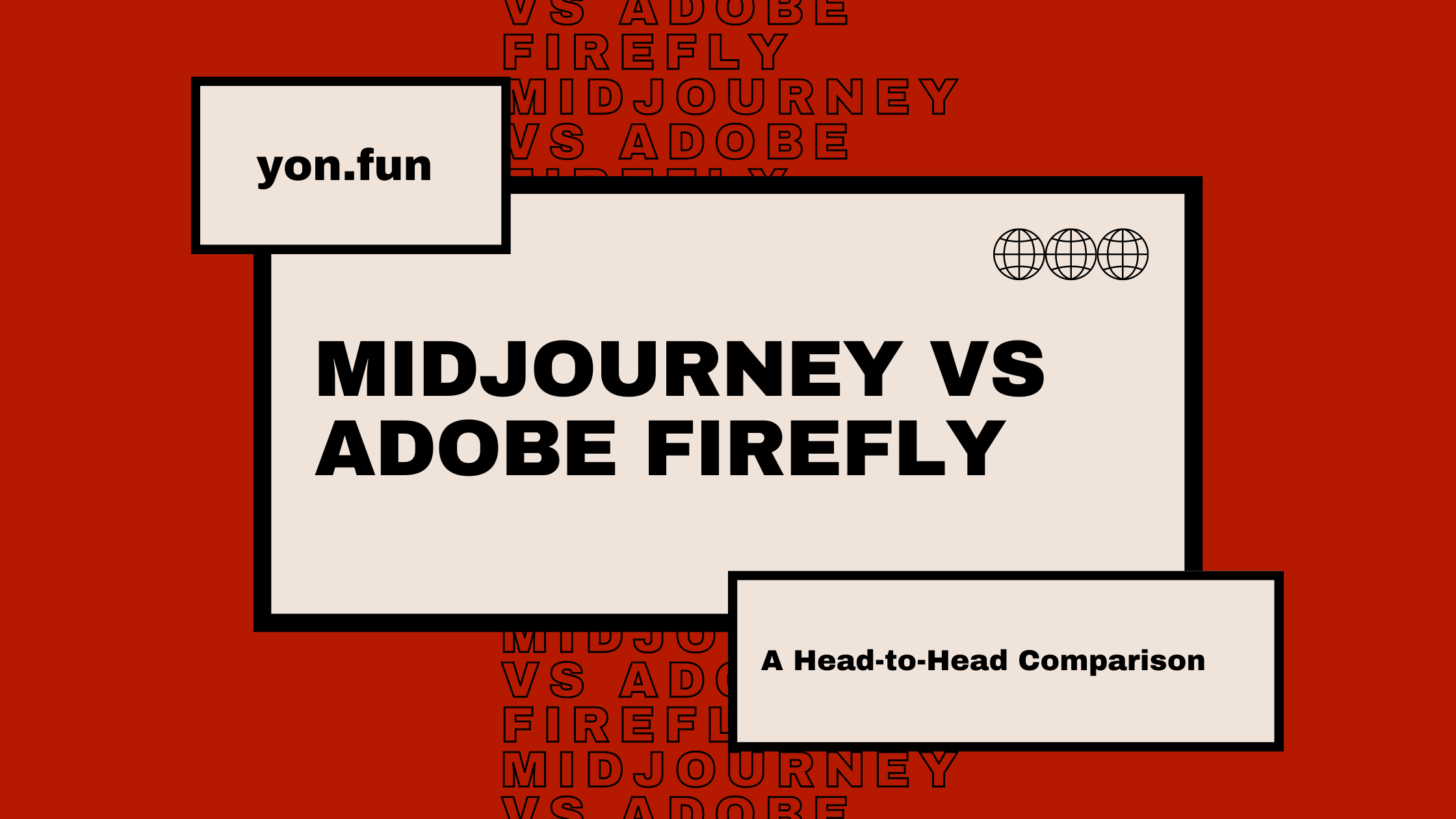In the realm of storytelling, visuals play a crucial role in immersing readers into the narrative. Midjourney, a generative AI platform, offers a unique way to enhance this visual aspect of storytelling. This guide aims to equip authors and storytellers with the knowledge to leverage Midjourney's capabilities, transforming their narratives into interactive experiences.
The Power of Visuals in Storytelling
Visuals breathe life into a story, providing readers with a tangible representation of the narrative's characters, settings, and events. With Midjourney, authors can generate unique images from text prompts, allowing them to create custom visuals that align perfectly with their narrative. This not only enhances the storytelling process but also provides readers with a more immersive and engaging experience.
| Non-Specific Prompt
/imagine a cat in a tree | Specific and Detailed Prompt
/imagine a photo of cat in a tree. The photo depicts a chaotic scene as fire trucks arrive to help the cat down. Onlookers watch, hoping for the cat to be brought down safely. The lighting is a perfect golden hour, but there is a storm brewing in the background. --ar 1:1 --q 1 --v 5.2 |
Getting Started with Midjourney
To start using Midjourney, you'll need to access the platform via its Discord bot or the web interface currently in development. Once you've accessed the platform, you can generate images by using the /imagine command followed by your descriptive prompt. For best results, ensure your prompts are clear and detailed, providing the AI with enough information to generate an image that aligns with your vision.
Click here for the BEST MIDJOURNEY PROMPT GUIDE ON THE INTERNET!Using Midjourney for Character Visualization
Midjourney can be an invaluable tool for visualizing your characters, adding depth and dimension to your narrative. By providing a detailed description of your character as a prompt, you can generate an image that captures their appearance, personality, and even their emotions. This can be particularly useful when introducing a new character, as it allows readers to instantly form a visual image in their minds, enhancing their connection with the character.
For instance, if you're writing a fantasy novel, you could use a prompt like "a brave knight with golden armor standing in a castle courtyard" to generate an image that brings your character to life. You could also use Midjourney to visualize character transformations or growth over time. For example, you could generate images of the same character at different stages of their journey, providing a visual representation of their development.
Moreover, Midjourney can also be used to visualize non-human characters or mythical creatures that are difficult to describe in words. From dragons and unicorns to aliens and robots, the possibilities are endless.
Using Midjourney for Scene Visualization
Similarly, Midjourney can be used to visualize the various scenes or settings in your story. Detailed descriptions of the environment, atmosphere, and elements present in the scene can result in vivid images that transport your readers into the world you've created. This can be particularly useful in genres like fantasy or science fiction, where the settings are often unique and imaginative.
For example, a prompt like "a bustling marketplace on a sunny day" could generate an image that sets the stage for your narrative. You could also use Midjourney to visualize more abstract or symbolic scenes. For instance, if you're writing a dream sequence, you could use a prompt like "a surreal landscape with floating islands and a purple sky" to generate an image that captures the dreamlike quality of the scene.
In addition, Midjourney can be used to visualize changes in the setting over time. For example, you could generate images of the same location at different times of day or in different seasons, providing a visual representation of the passage of time in your narrative.
Reader Engagement with Midjourney
The visuals generated by Midjourney can significantly enhance reader engagement. By providing readers with a visual representation of the narrative, you can make the reading experience more interactive and engaging. For instance, you could include Midjourney-generated images at the start of each chapter, or use them to illustrate key events in the story.
Case Studies
Several authors and storytellers have already begun to harness the power of Midjourney in their work. For instance, fantasy authors have used the platform to generate images of mythical creatures and magical landscapes, while mystery writers have used it to create visuals of crime scenes or mysterious artifacts. These examples demonstrate the diverse applications of Midjourney in storytelling and serve as inspiration for authors looking to enhance their narratives with AI-generated visuals.
Final Thoughts
Midjourney offers a unique and powerful way for authors and storytellers to enhance their narratives. By leveraging the platform's capabilities, you can transform your storytelling process, create engaging visuals, and provide your readers with a more immersive experience. So why wait? Start experimenting with Midjourney today and revolutionize your storytelling journey!






























